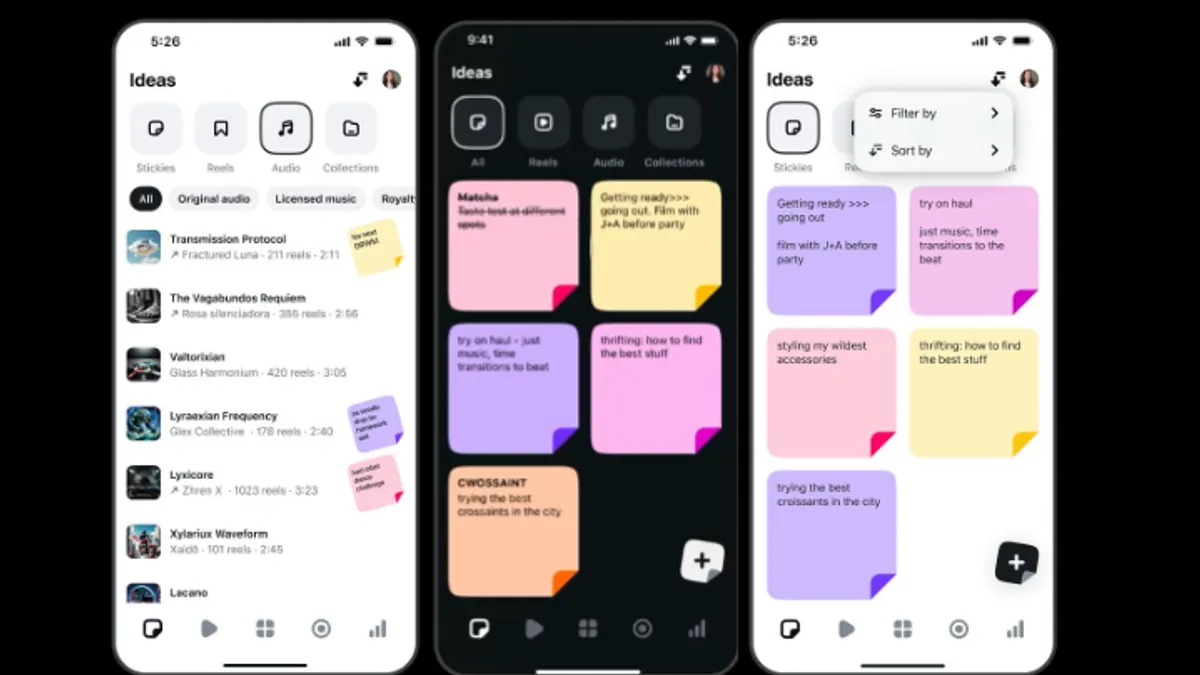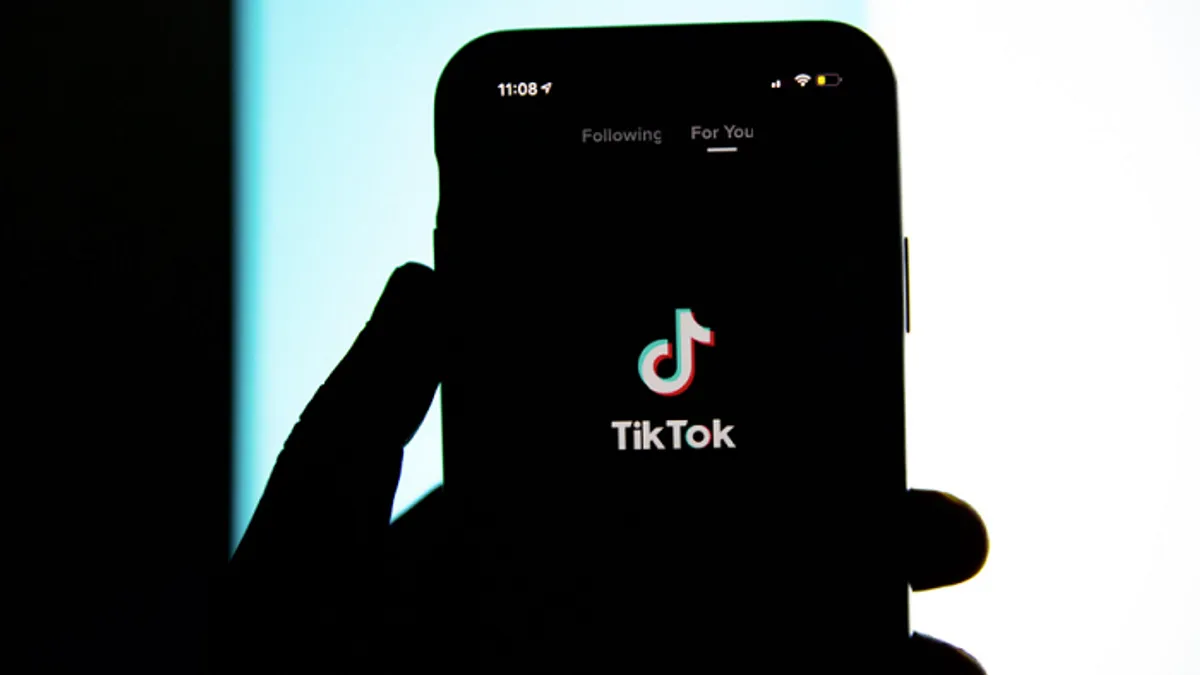X Revises Verification Details Amidst EU DSA Investigation
X (formerly Twitter) has added new information explaining its verification checkmarks. This comes as the EU continues to investigate whether X's paid verification system complies with the Digital Services Act (DSA).
Former EU Commissioner Thierry Breton previously criticized X's shift to a paid verification model. He argued that the "X Premium" subscription, which allows users to purchase a blue checkmark, is misleading and potentially violates DSA regulations.
The EU Commission expressed concerns that paid verification could facilitate the spread of misinformation. The blue checkmark, previously a symbol of authenticity, can now be purchased, potentially lending credibility to inauthentic accounts.
Since anyone can subscribe to obtain such a 'verified' status, it negatively affects users’ ability to make free and informed decisions about the authenticity of the accounts and the content they interact with.
X owner Elon Musk initially responded defiantly to the EU's concerns. However, X now appears to be taking steps to address the issues raised by the investigation.
New Verification Explanations Added to X
X has added in-app explainers detailing the meaning of its current verification checkmarks. The platform aims to clarify the differences between the current system and Twitter's previous verification process. Further explanations are also available on X's Help platform.
However, some inconsistencies remain in X's help documentation, potentially adding to user confusion. While X states that Premium subscribers won't be reviewed under the old criteria, it also requires accounts to be active in the past 30 days to subscribe.
While these updates aim to address EU concerns, it's unclear whether they will be sufficient to avoid potential fines. Musk's public criticism of the EU Commission may also complicate matters. The investigation covers both past and current practices, and any violations could still result in penalties.
The EU Commission may argue that the average user was not adequately informed about the verification changes, leading to confusion. This could require X to take further action, such as sending a platform-wide notification explaining the changes.
While X's new explainers represent an effort to address DSA concerns, their ultimate impact remains to be seen. The EU's investigation is ongoing, and the possibility of fines remains. Similar paid verification systems on other platforms, like Meta, are also likely under scrutiny.







